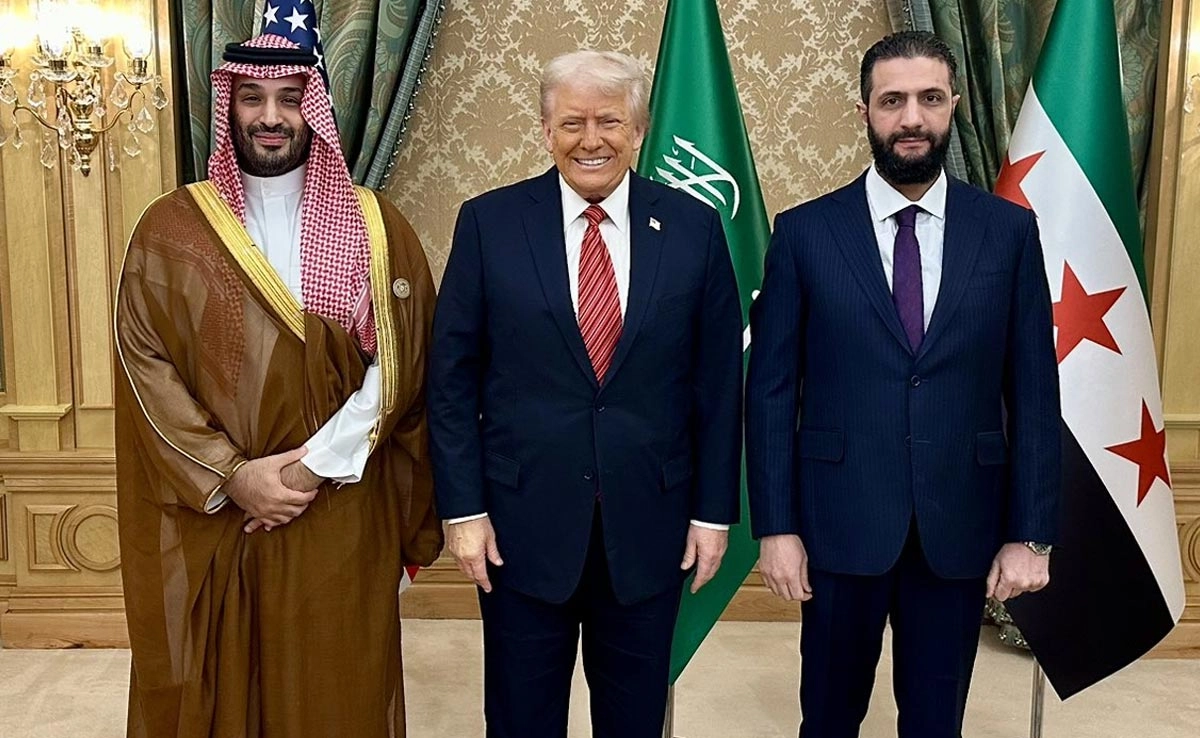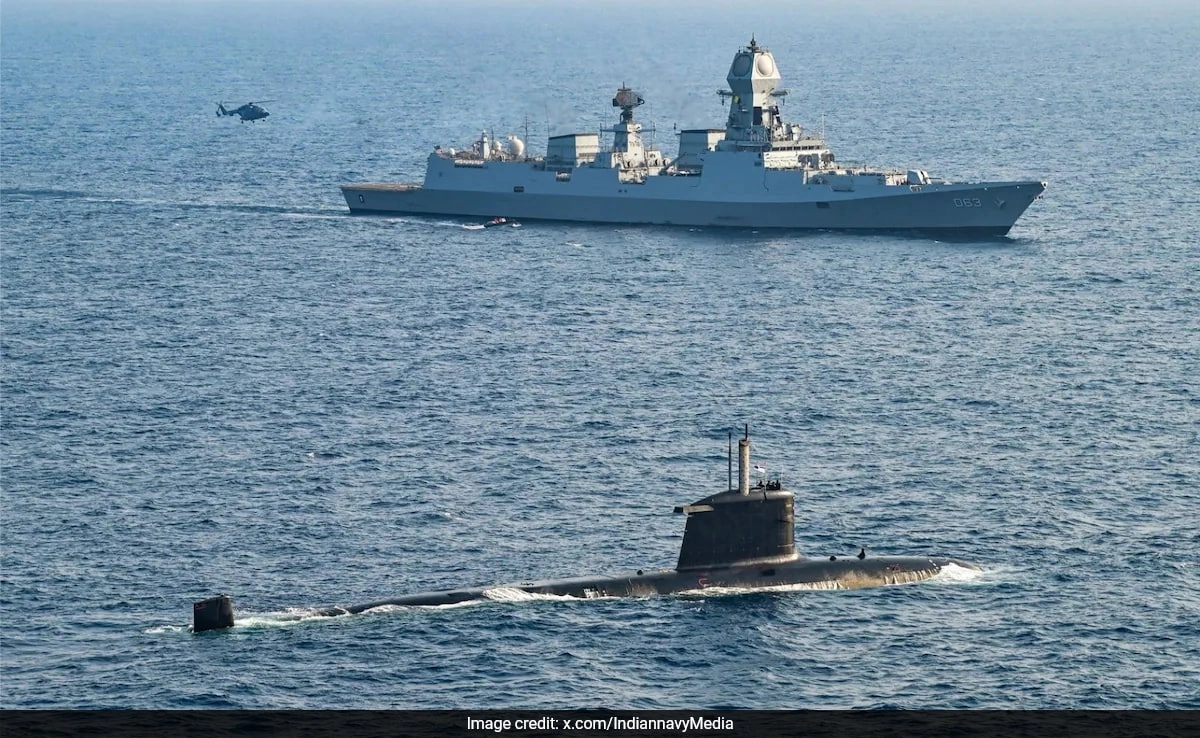In recent months, the global landscape has shifted dramatically, and former President Donald Trump has once again found himself at the center of a contentious debate regarding his diplomatic strategies. His recent actions have been interpreted by some as a demonstration of his famed negotiation skills, often referred to as the “Art of the Deal.” While opinions are divided, it is clear that Trump’s approach to international relations, particularly in times of conflict, has sparked significant discussion about the effectiveness and implications of his methods.
By engaging with world leaders and positioning the United States as a key player in wartime negotiations, Trump has showcased a style that emphasizes boldness and a willingness to take risks. This approach, reminiscent of his business dealings, suggests that he believes in leveraging power dynamics to achieve favorable outcomes. Critics may argue that such tactics can escalate tensions rather than resolve them, but supporters often point to the potential for innovative solutions that break from traditional diplomatic norms. The notion that a strong, assertive stance could lead to breakthroughs in stalled negotiations is central to Trump’s philosophy.
Furthermore, Trump’s recent behavior in dealing with international crises can be seen as an illustration of his belief in transactional relationships. He often emphasizes the importance of putting America first, advocating for deals that directly benefit the United States. This perspective has led to a reevaluation of longstanding alliances and global partnerships, as countries must now consider how their relations with the U.S. can be mutually beneficial. While this may lead to more immediate advantages, it also raises questions about the long-term stability of international relations and the potential fallout from such a unilateral approach.
The implications of Trump’s wartime diplomacy extend beyond immediate political gains; they also influence public perception and the future direction of U.S. foreign policy. As the world watches how negotiations unfold, it is essential to consider the broader context and the potential consequences of adopting a business-like mentality in matters of war and peace. The balance between assertiveness and cooperation is delicate, and the choices made now could resonate for years to come. Ultimately, the world is left to ponder whether Trump’s version of the “Art of the Deal” will lead to lasting peace or further exacerbate existing conflicts.




